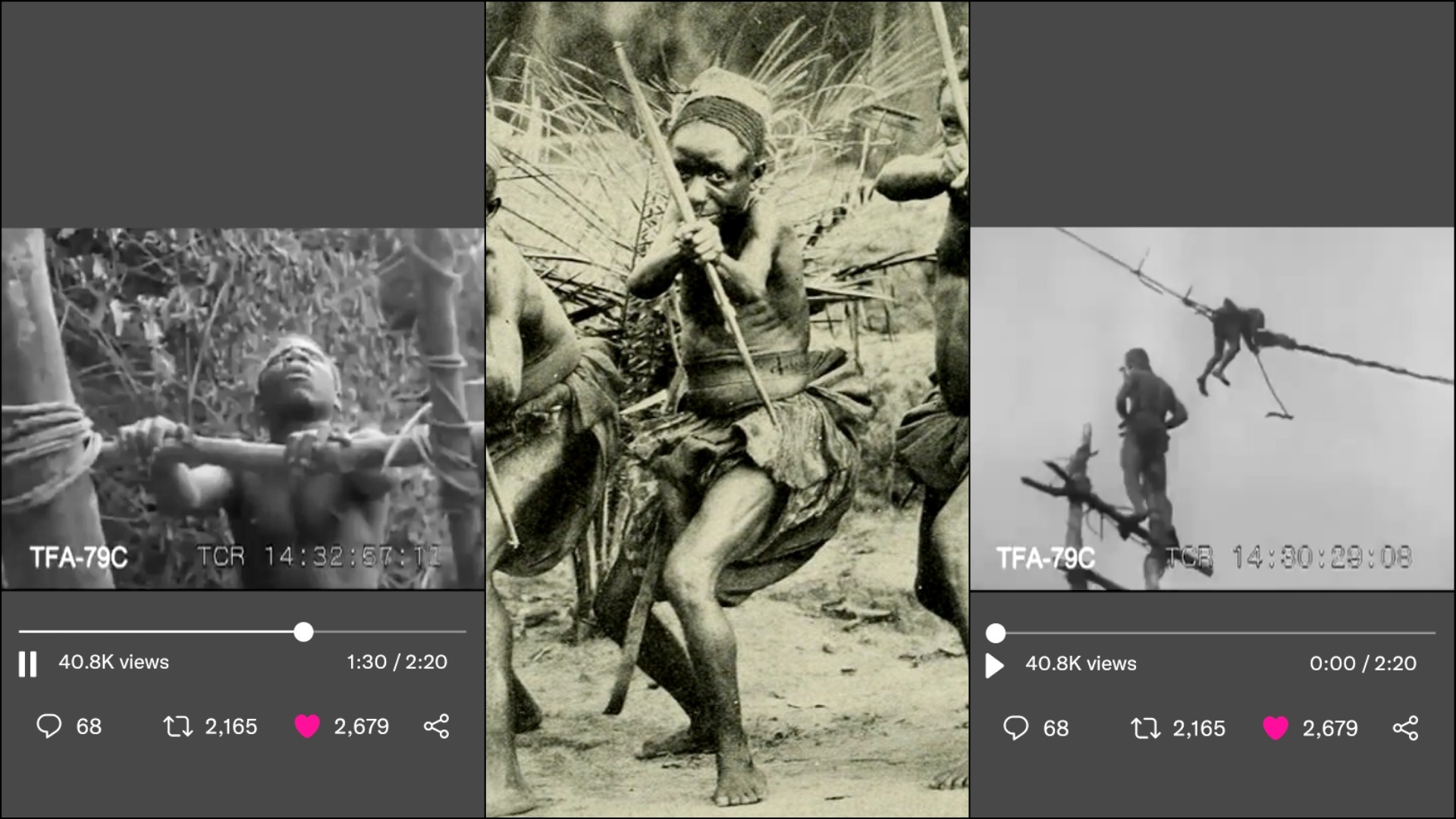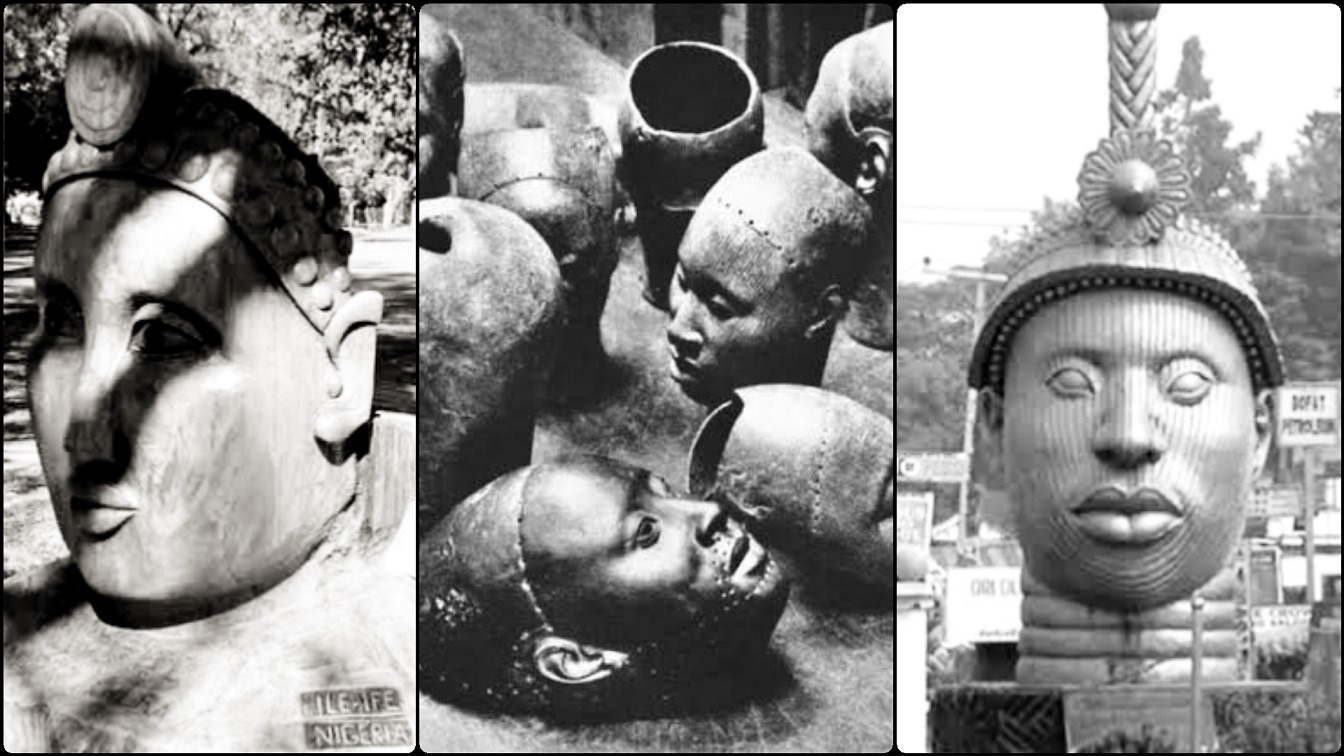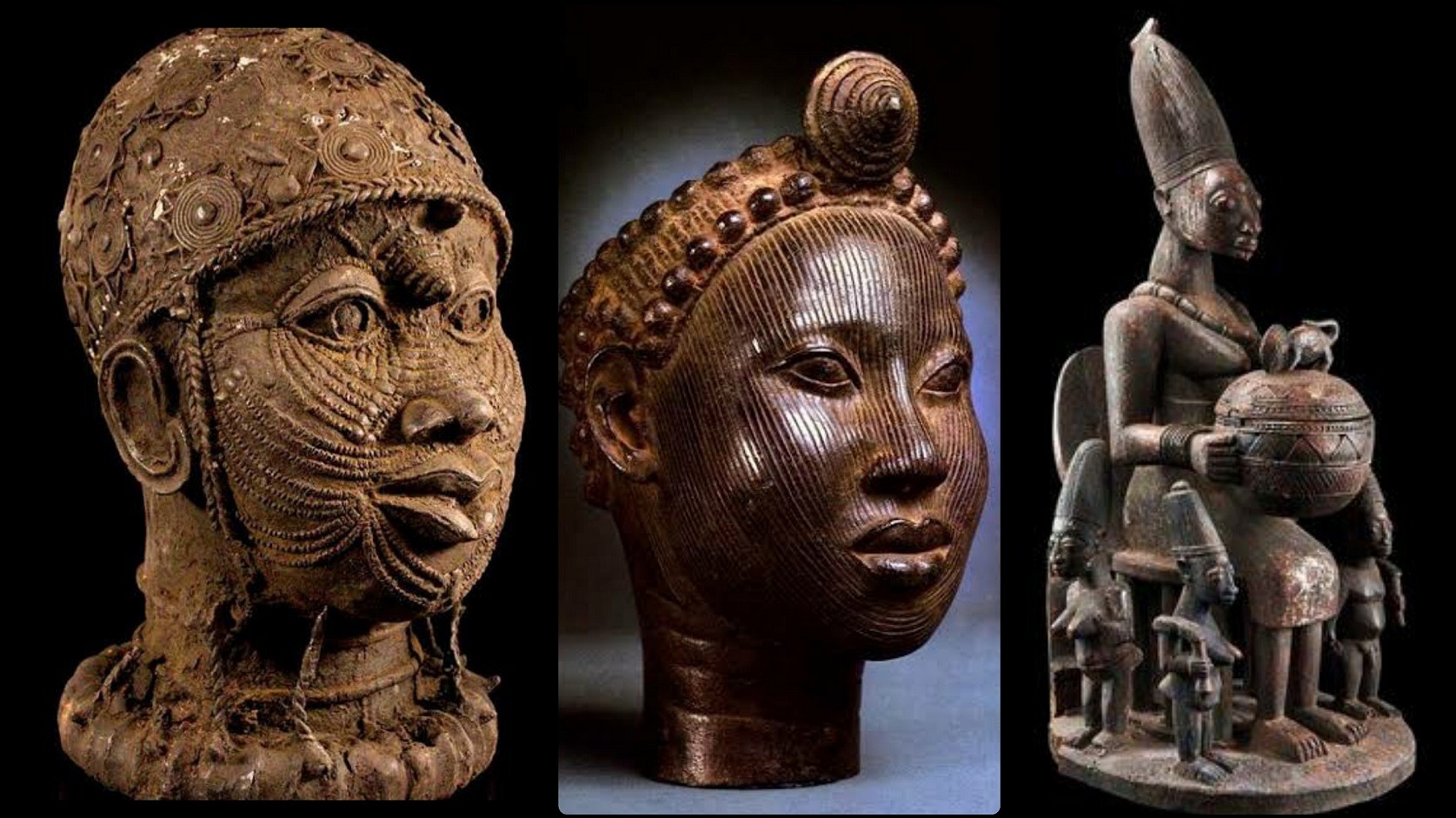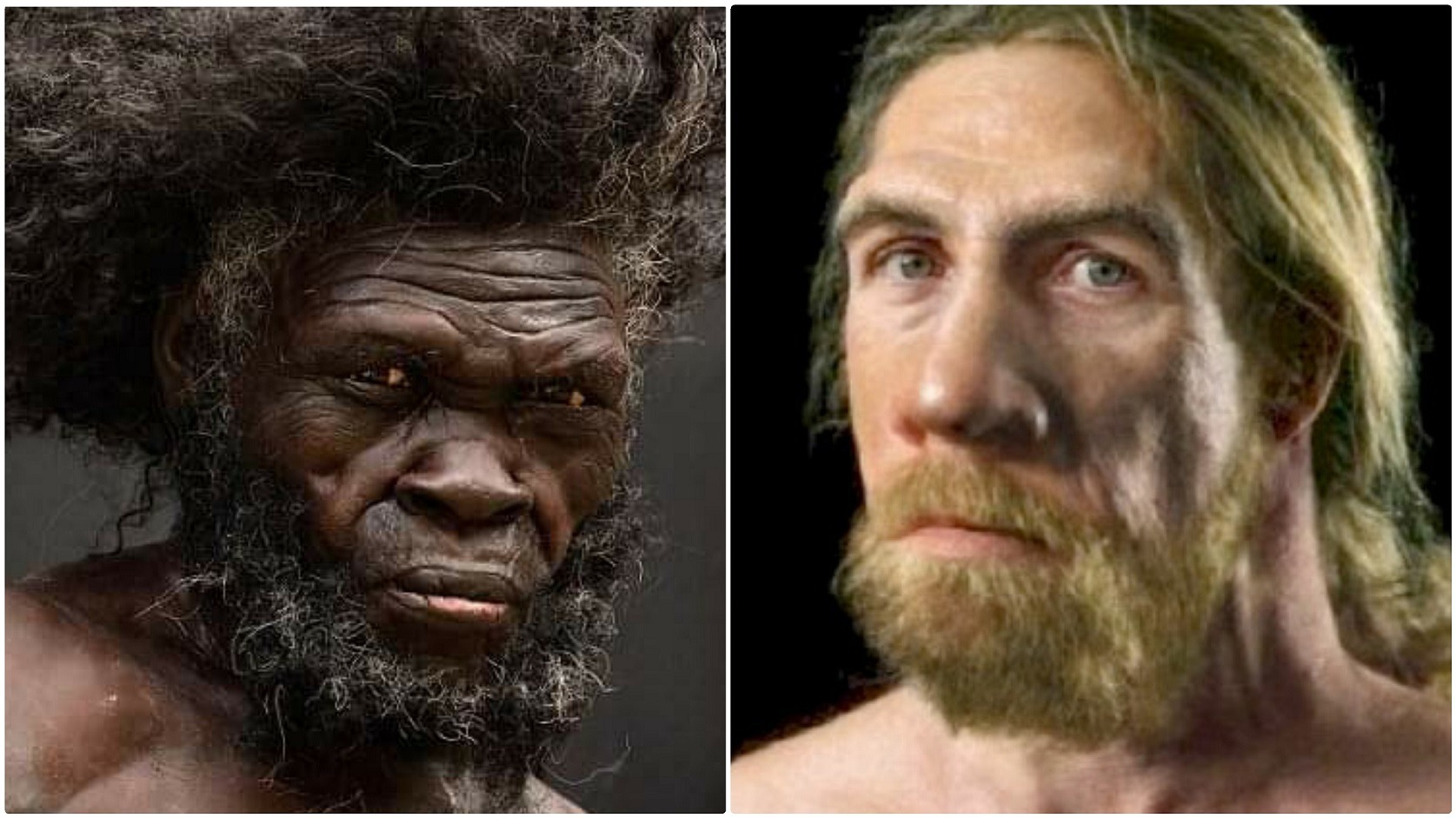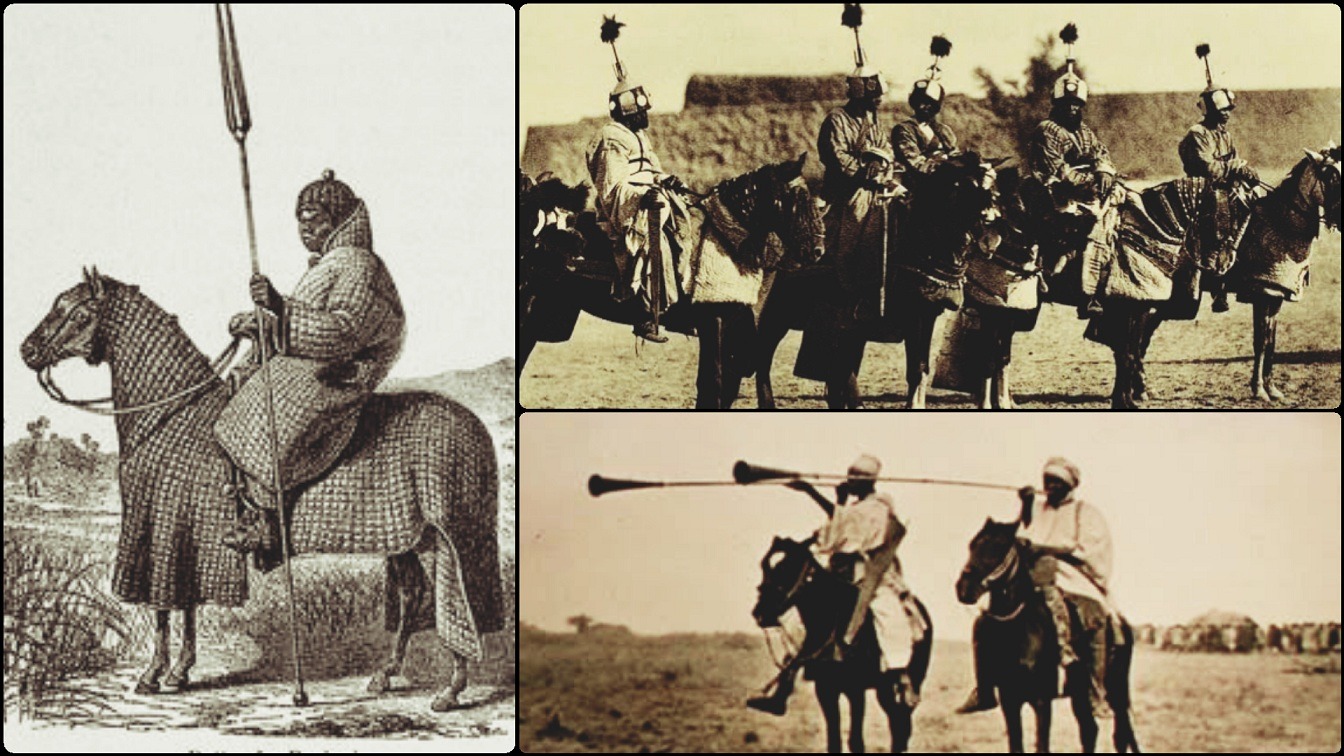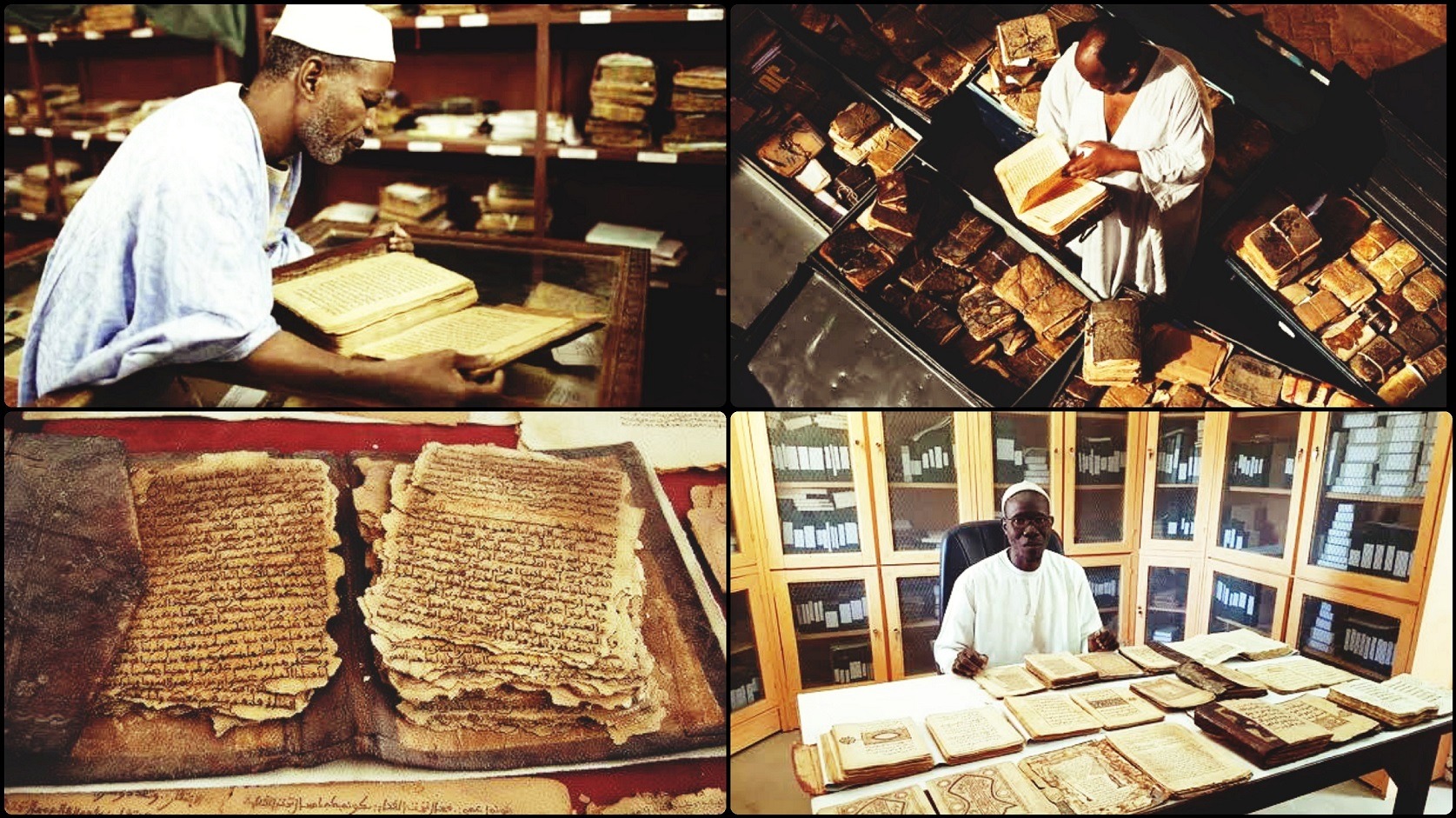This article and accompanying video showcase the magnificent power and ingenuity of the Twa people of Africa. They were also referred to as Akan by other African tribes, and Leprechaun by Europeans. The name Leprechaun comes from the old Irish ‘luchorpán’, which is a compound name composed of lú meaning ‘small’ and corp meaning ‘body’.
The Twa practiced matriarchy. They venerated the Great Black Mother and had women as leaders of their tribe. There have been many tales told about them and their magical powers. Many people believed them to be a fairy tale, but in reality, they existed.
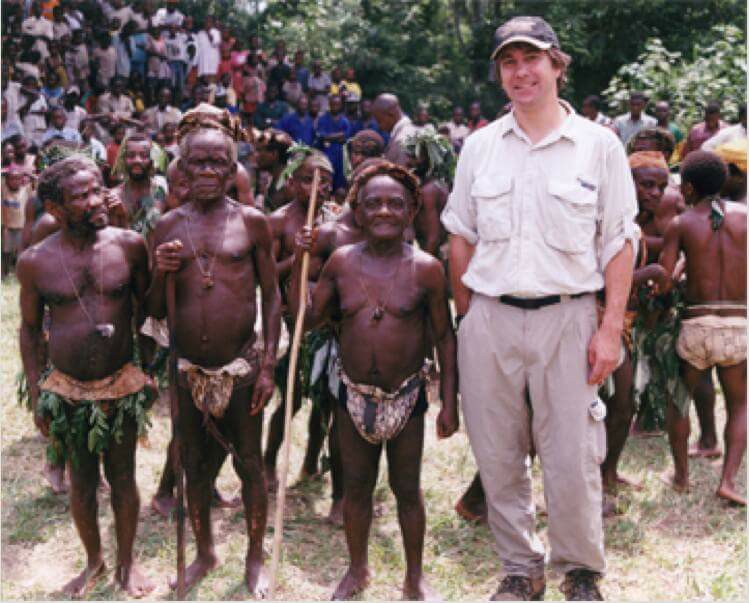
As the saying goes, “Alone we can do so little; together we can do so much.” In the video which was shot somewhere in the 1930s, the Central African Pygmies can be seen ingeniously and innovatively building a new bridge over a crocodile-infested river.
Below Is A Video Which Shows The African Pygmies At Work:
A Brief Account Of The Twa/Pygmies And Their Origin
They call themselves the Forest People because of their distinct culture, way of life, and history. They have been generally referred to as the Twa or Pygmies (English term), although the term pygmies have acquired a negative connotation through time.
The Twa reside in Western, Central, and Eastern Africa’s thick rainforests. They are thought to be direct descendants of the Central African rainforest’s late stone age hunters and gatherers. They were eventually dispersed and absorbed by bigger groups of agricultural people, who were forced to relocate to Western and Eastern Africa, with a few remaining in Central Africa.
The Twa were diminutive (little) men and women, who grew to a height of about 4’11”. They had advanced knowledge of medicine, metallurgy.
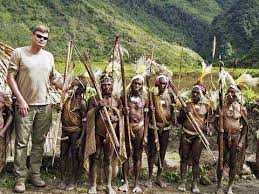
They are currently nomadic and live in small groups of 15-70 people. They migrate to new regions of the forest several times a year, bringing their belongings with them and unlikely to return to their former community.
The Twa rely on non-exclusive internal ways to exist. They are known to interact with other African ethnic nationalities, but have refused to be “influenced by modern African society” and have been witnessed resisting the imposition of other cultures into their little communities. They chose to live near villages in order to trade with hunters and farmers.
The Baka pygmies of Congo, Cameroon, and Gabon believe in a supreme entity known as Komba, who they believe created everything. The Congolese Mbuti, on the other hand, refer to themselves as “Children of the Rainforest” and feel that a forest should be revered. Women are allowed to attend meetings to settle family problems, and their gender roles are largely equal.
They labor and do practically everything together, except for hunting, which is done by the men. Pygmies hold marriage ceremonies and believe in the power of music to heal, bring peace and harmony, and communicate with their ancestors. They are known for their extremely vocal music, which is commonly used to induce trance in people when an ancestor wishes to visit or leave a message with the living.
Congo’s Mbuti or Bamabuti people make up less than 2% of the country’s population. They used to number around 30,000 to 40,000 persons, but that number has greatly decreased over time.
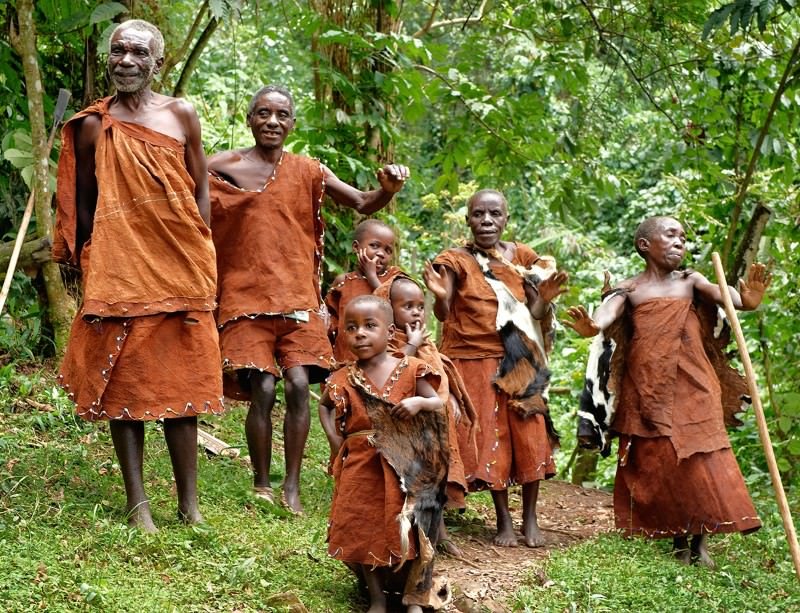
The Mbenga or Baka pygmies live in the forests of Cameroon, Gabon, and Congo, with a population of 5,000-6,000 original settlers that is slowly dwindling.
The Batwa or Twa of the Rwandan, Burundian, Ugandan, and Tanzanian rainforests, where all pygmies are said to have originated, are the final group of pygmies. Pygmies descended from the Baka nation and numbered between 40,000 and 60,000 people before dispersing.
The pygmies’ homes are in danger of being destroyed. Governments in Uganda, Tanzania, and Congo have forcibly removed them from portions of the forest in the name of conservation throughout the years.
Support Liberty Writers Africa
Our goal at Liberty Writers Africa is to teach our history, defend our people worldwide, and awaken the sleeping ones. Help us fund our research and hire competent editors. Click HERE To DONATE to Us.
